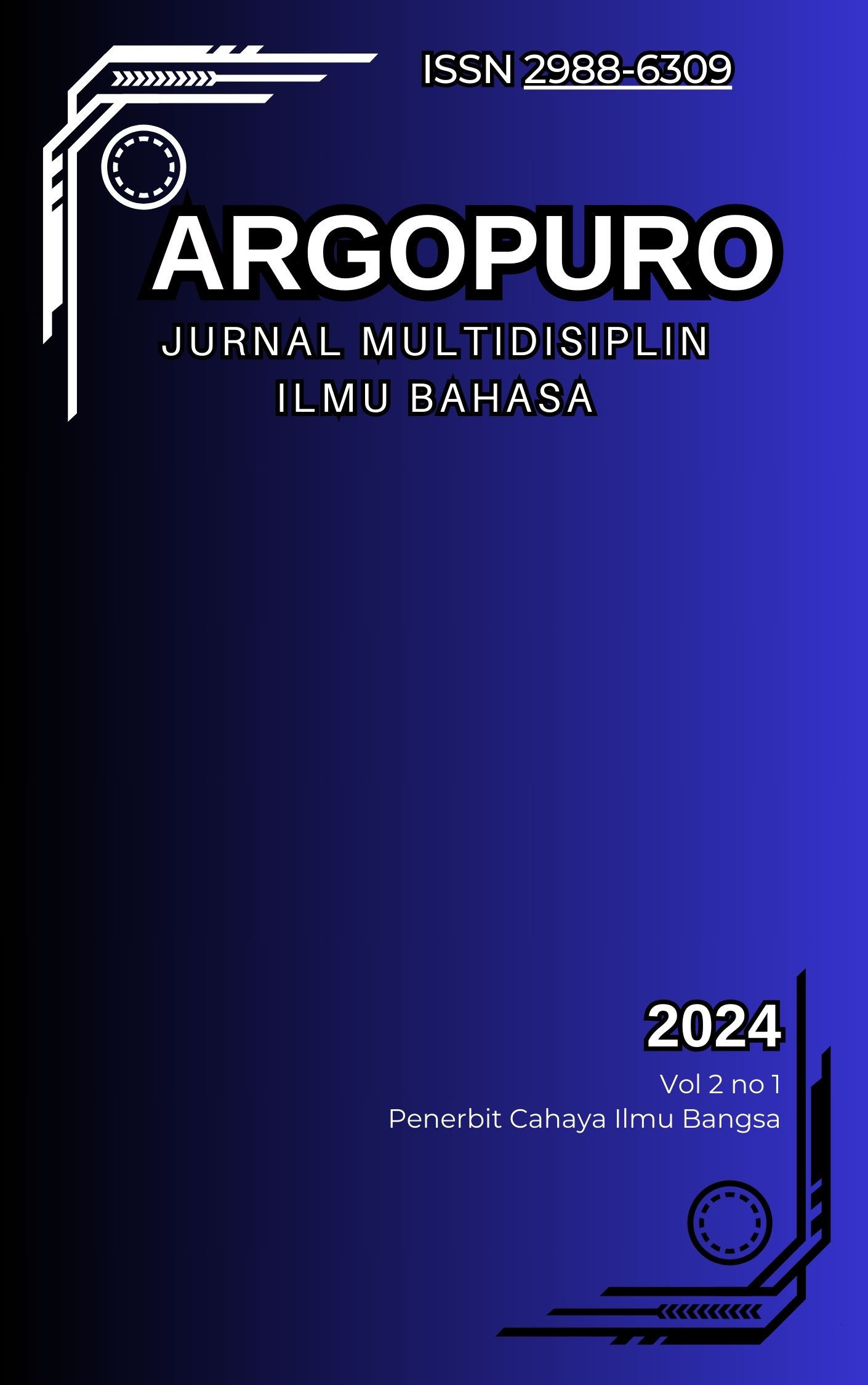TRANSLATION METHOD IN THE BILINGUAL CHILDREN’S PICTURE BOOK ENTITLED “MENGAPA AKU HARUS KERAMAS?”
Main Article Content
Abstract
This paper examines the translation methods applied in the bilingual children's picture book titled, Mengapa Aku Harus Keramas? (Why Do I Have to Shampoo?) by Citra Nidya and translated by Prisca Primasari. In correspondence to Peter Newmark's (1988) framework, this study identifies and analyzes the dominant translation method implemented throughout the book. Using a descriptive qualitative method, the study examines how each sentence in the source language (Indonesian) is rendered into the target language (English), with a particular focus on how these methods serve the cognitive and linguistic needs of young readers. This study finds communicative translation is consistently applied throughout the book, the method is chosen in order to ensure clarity, readability, and naturalness in the English version of the text. This approach also applies well to translating interjections, repetitive structures, and cultural expressions while maintaining the tone and emotional intent of the source text. The results present the importance of choosing a translation method that prioritizes the experience and comprehension level of children in bilingual literature, thus supporting language development and cultural accessibility.
